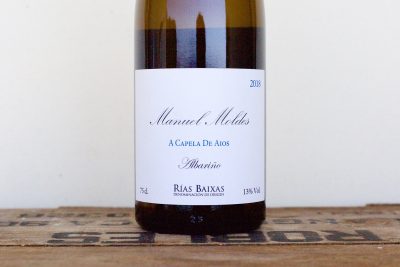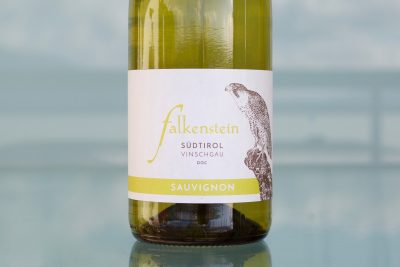Jean Collet started Domaine Collet in 1954, the heir of a Chablis grape-growing family since 1792. After the days of Jean, came Gilles, one of the most animated personalities in Chablis. He’s generous, lively and usually the life of the party, always keeping his personality from being as serious as the wines he crafted over numerous decades with his father, and even more so now with his son, Romain. In 2008, Gilles was struck with nerve damage on one side of his body and had to prematurely pass the baton. After only a few years of Romain putting new ideas to the test in the cellar and vineyard—natural yeast fermentations, organic and biodynamic farming—Gilles stepped aside completely and Romain began to make notable leaps from vintage to vintage.
At the young age of twenty-one, the eccentric and fun-loving Romain knocked it out of the park with his first vintage, 2008, which was the first vintage we imported. The foundation established by centuries of viticultural knowhow passed down through generations and Romain’s relentless curiosity and desire for improvement further set the stage for decades of inspired drinking from this domaine gifted with an average vine age of about fifty years. Romain pointed out that, “I am the luckiest generation. To have old vineyards like these to work with in my lifetime is something special, and it’s thanks to my grandfather, Jean.”
Organic viticulture is now part of the domaine’s practice under Romain’s direction—and with full support from the family. The two Grand Crus Valmur and Les Clos, the 1er Crus Montée de Tonnerre, Vaillons, Butteaux and Forêts have all been converted to organic farming, as well as a good portion of the Chablis AOC wine, where the organic culture tests were first done. The rest are sustainable, lutte raisonée, farming with the intention of eventually having all the sites fully converted.
The style at Collet is directed by the deep history with their vineyard parcels, how they grow, how they’re different from each other and ultimately how they respond in the cellar through their fermentations, and more importantly their cellar aging. Each wine has something to say, and the Collets have taken the route of customizing their approach to exemplify the natural talents of their many different climats.
For example, their parcel bottled as “Montmains,” is almost purely Kimmeridgian limestone marl rock and topsoil with next to no clay content. It is made exclusively in stainless steel to keep its edges intact and support its dynamic mineral and textural pressure. By contrast, across the Serein River on the right bank where there is more clay and deeper soils on the same limestone marl bedrock, Montée de Tonnerre is aged exclusively in oak barrels (younger, but none new), a common thread in the French wine world for wines grown in more clay-rich soils. Many vignerons believe that big clay soils need a little sculpting and are better served in oak to round out and polish them rather than in inert vessels, like stainless steel, which can’t introduce oxygen to the aging wine. I applaud this choice, since I’ve noticed that if white wines from clay-dense soils aren’t raised in wood, often the muscle from the clay can render them more square and monolithic. They can also be less inviting with much of the finer nuances muted.
Despite being nearly unequivocally mentioned in the first breath by sommeliers as one of their favorite wine regions, Chablis often appears in books as the “I guess I should make a little room for Chablis in my Côte d’Or Burgundy bible” category. Indeed it’s not as sexy and elite as the Côte d’Or, but there is a lot to say that doesn’t get said enough. So, while I don’t intend to write an entire book out of this section on our website, perhaps I can bring some ideas not often discussed about Chablis, but relevant to better understand the subject—one that is not so expensive is a lesson in understanding terroir compared to that Golden Slope, further south. (Maybe Chablis should consider changing its name to the Côte d’Argent, or maybe the Côte de Platine—a little silver or platinum could be a competitive contrast to the gold.
Chablis winters can be bitterly cold and dry. The lack of snowfall can be deceiving when you’re feeling the bite of the wind, and there are precious few easily found and inviting establishments to duck into and shake off the chill with a warming drink. Its semi-continental climate is similar to Champagne’s to the north, with the winds that whistle in from the North Sea. The frigid air that goes straight to the bone is caused by a relative lack of trees, which fully exposes to the elements, making one of the best refuges to warm up a 50-55°F cellar.
The summers are usually dry and moderate, but that’s all changing. While it’s hard to say what each vintage will bring, the extended forecast is clear: it’s getting hotter. The effects of rising temperatures and increased weather volatility are already felt each season. In many more vintages than the past, the tapering of Chablis’ natural acidic snap is becoming more common. Of course, super fresh vintages still come around, but with record-shattering summer heat happening almost every year, the overall composition of Chablis is, on the average, leaning in a little more toward the soft middle road on vibrancy than the extreme for which it’s known.
Today, (in 2019), frost damage is a commonly occurring antagonist caused by unexpected heat spikes late in some winters. Premature bud burst is the new norm, followed by a corrective dip in temperature back to cold leaving the vegetation exposed to frost burn. While frost can take out an entire parcel for the year, it can clip the potential yield of others, exacerbating the problem of quicker ripeness due to the smaller yields with a likely imbalance in the grapes. If you’ve made it out of frost season, then comes the invariably destructive force of hail—a terribly demoralizing event that can happen anytime in the summer. The domino effect of climate change is severe in areas like Chablis, the historical limit of where Chardonnay can ripen consistently for still wine production. Recent vintages in Chablis already demonstrate the heat’s softening of its vertical axis, so they’ve become more rounded and less angular.
A perfect area to exemplify Chardonnay’s merits, Chablis is classified from least to greatest (in theory) from Petit Chablis, Chablis, Premier Cru and Grand Cru, and this is based on three factors: bedrock, exposure and historic reliability. The bedrock isn’t going to change, neither will the exposure, except that the variable of that exposure’s impact will. While I may have painted a painful but honest picture of the forecast, the good news is that within our lifetimes there are less well-known vineyard sites today that maintain the right kind of soil for serious Chablis (although they are likely classified as Chablis AOC wines), but are more protected from the extremes of full exposure to the elements. The last two factors, while assets in the past—like the northwest exposition of the Grand Crus and their ability to be less affected by frost because of that same aspect), may become the liabilities of the future—although no one wants to talk about these things, especially those who own the more historically prime spots.
Chablis’ soils are a combination of Kimmeridgian limestone marls and Portlandian limestone scree with various topsoil mixtures of clay and rocks derived from the limestone bedrock—classically Burgundian in general bedrock type and topsoil constitution. These rock formations have influence on the shape of the hills. Those capped with the harder Portlandian rock have more steep, resistant ridges resulting in a more concave hill shape below, like Burgundy’s Côte de Nuits. This deeper inward belly captures more soil such as clay, Portlandian scree and underlying Kimmerigian marls—this is what largely defines the right bank, home to the Grand Crus and much of the fleshy right bank 1er Crus. The hills without a Portlandian limestone cap rock are more convex and maintain less topsoil (mostly on the left bank), similar to the hillslope shape of the Côte de Beaune. Wines on these hill shapes typically have more straight lines, overt mineral nuances and less excess body fat.
As a large generalization, the vast majority of the left bank Chablis 1er Cru vineyards have much less marne (clay and limestone mixture), and a shallower soil depth than those on the right bank. This often results in left bank wines leaning more toward verticality and expressing stony, minerally nuances and textures, while the right bank wines tend to be more corpulent and horizontal (within the context of Chablis, not Chardonnays from further south in Burgundy), with mineral nuances tucked further inside, or simply overshadowed by the denser body. These differences are also somewhat easy to find in Chablis AOC wines or Petit Chablis made exclusively from one side of the river, or the other.
(In our product pages there are links that will direct you to 3-D Google map images of each of the 1er Cru and Grand Cru sites from Collet.)
A final thought from our geologist friend, Brenna Quigley, who joined me on a trip to Chablis in 2016: “It’s also important to note that the change from Kimmeridgian to Portlandian is a very transitional one, and can occur over a distance of several meters. Even geologists cannot always agree on clear boundaries between the two—hence some of the arguments over what counts as true Chablis, or true Grand Cru.” -TV
















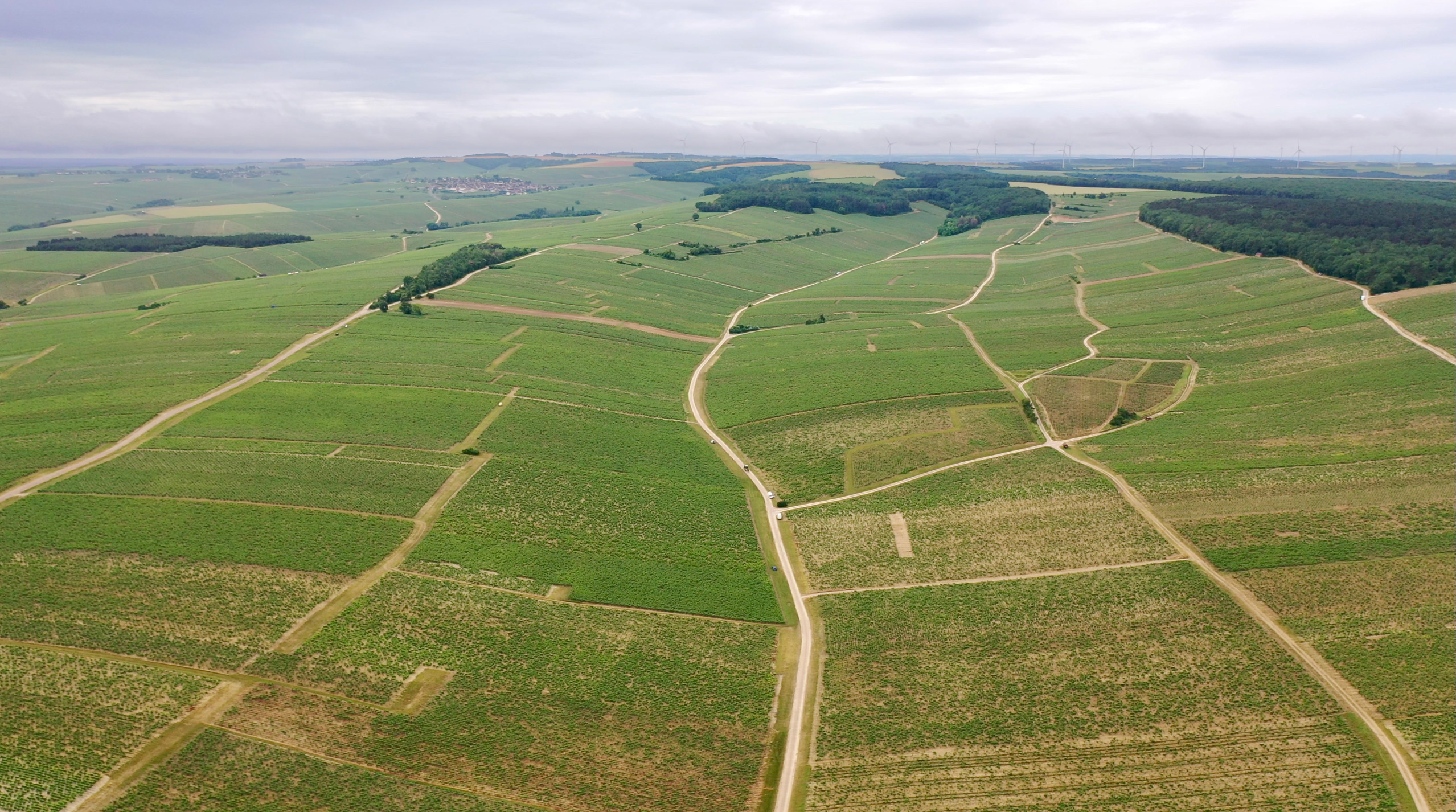

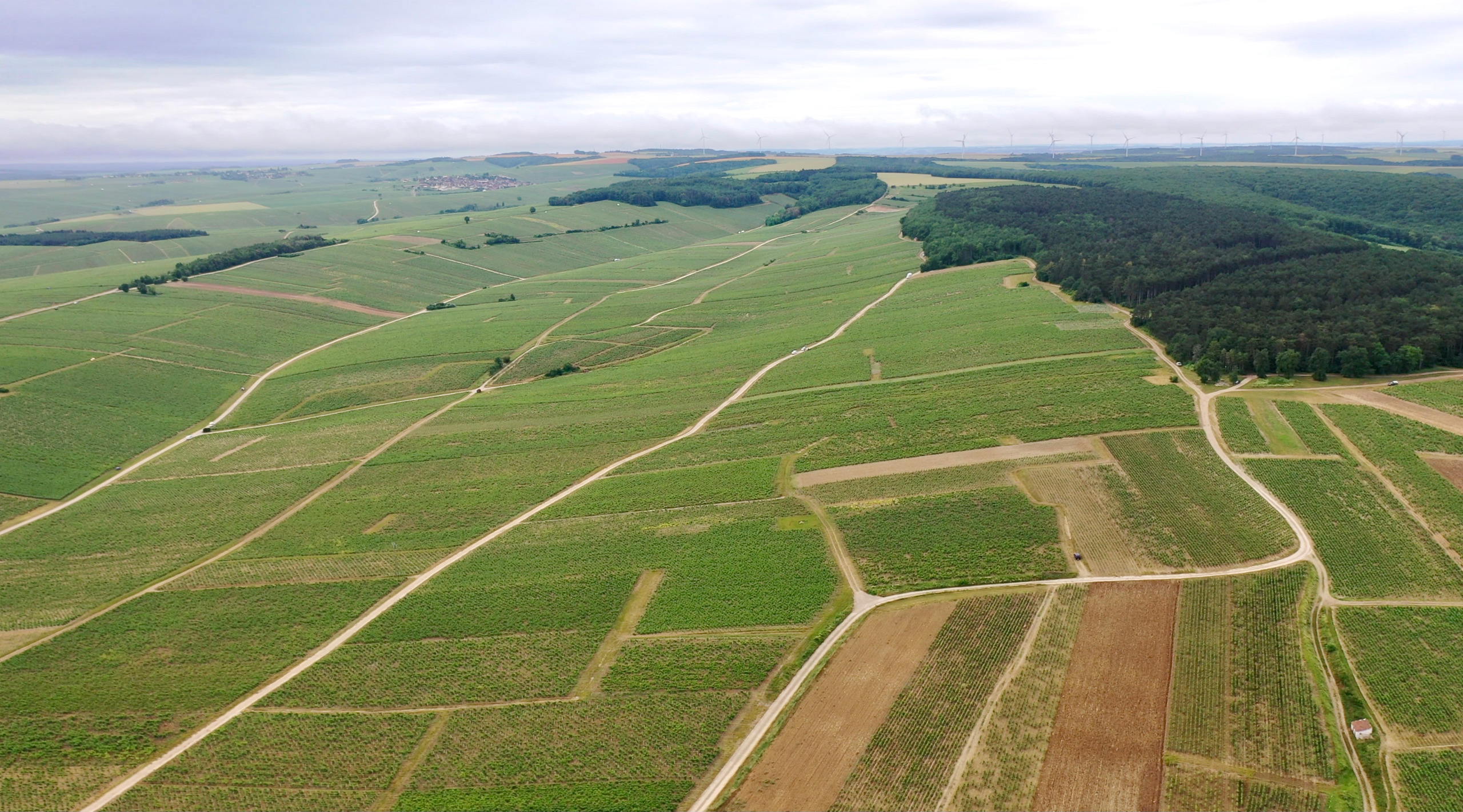














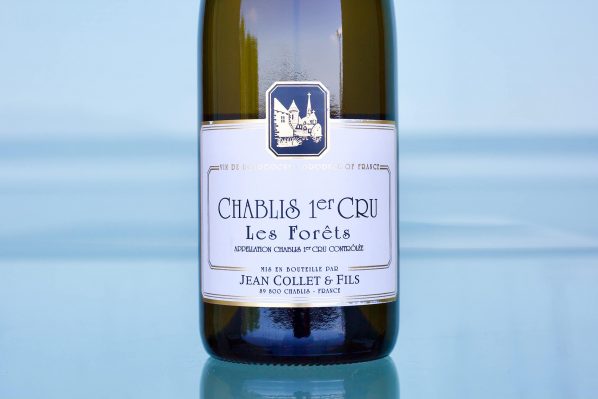



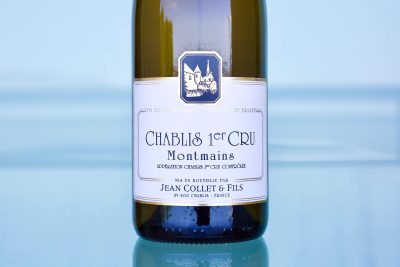



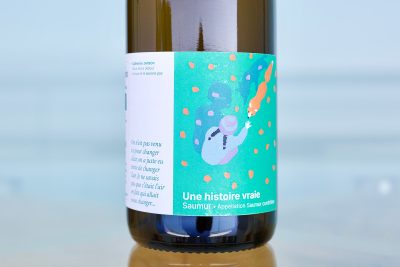



 Fabrice Esnault - La Giraudière
Fabrice Esnault - La Giraudière

